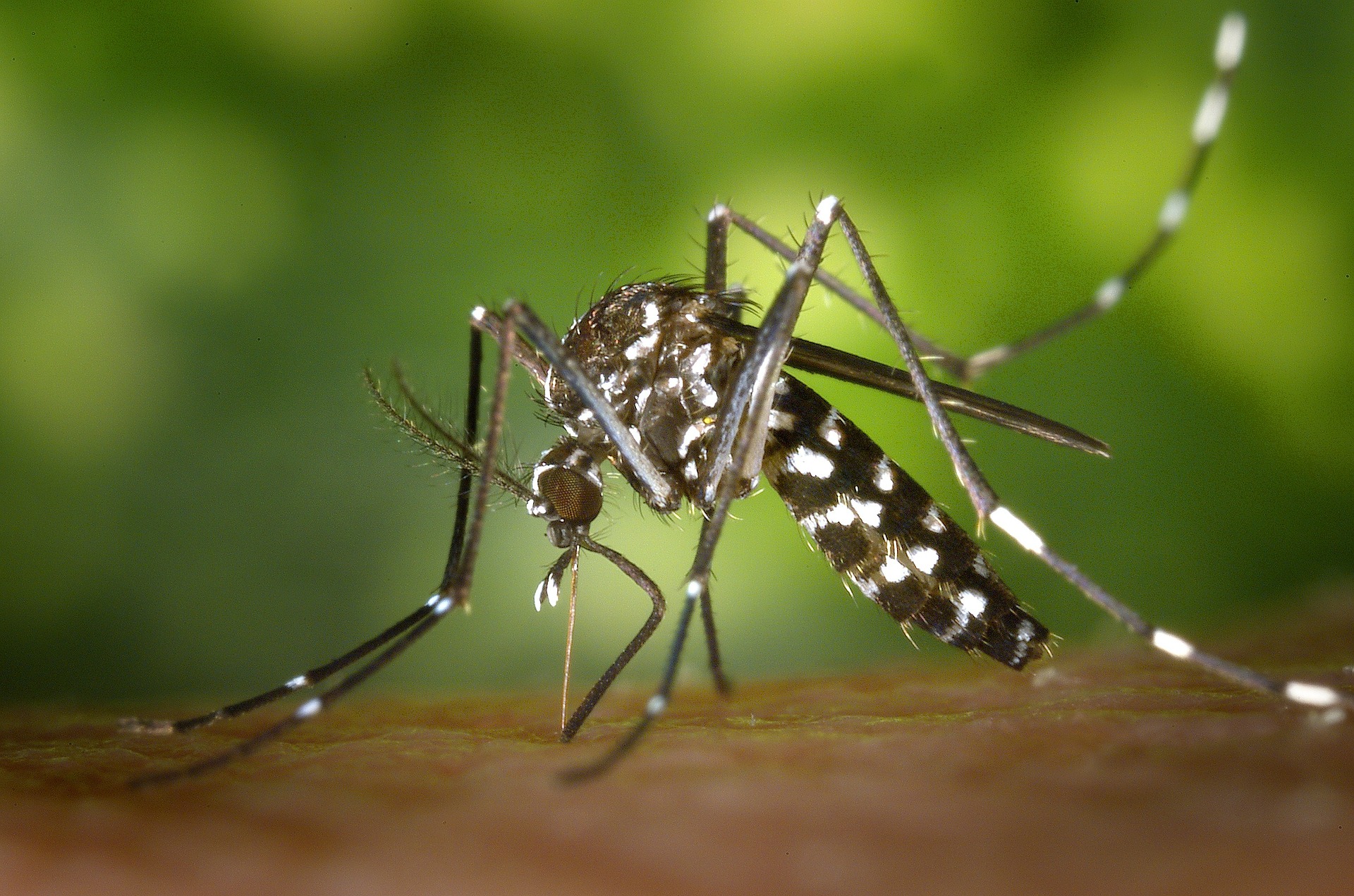 Neurobiology
Neurobiology
The role of maternal malnutrition on Zika virus congenital effects
The congenital Zika syndrome is a set of birth disabilities caused by Zika virus infection during gestation. However, not all infected mothers transmit the virus to their babies. Does any environmental factor increase susceptibility? Here we explore whether protein deficiency in the maternal diet enhances the detrimental effects of ZIKV infection in early development.

During pregnancy, a variety of complex processes are orchestrated to develop healthy tissues and organs of the developing fetus. Although there are buffering mechanisms that prevent development from being disturbed, some factors could lead to malformations. These factors are known as teratogens. Some pathogens causing congenital infections are among the most dangerous teratogenic agents (for example, Toxoplasma gondii, Rubella, and Cytomegalovirus virus). Recently, an emerging disease has entered this list of hazardous agents: the Zika virus (ZIKV).
Aedes mosquitoes transmit ZIKV and, therefore, significantly impact tropical regions where this vector is abundant. However, ZIKV can also be sexually transmitted, even by asymptomatic infected individuals, expanding non-tropical countries' burdens. By the end of 2015, a sudden increase in congenital disabilities was, for the first time, associated with the ZIKV outbreak in Brazil. At first, the most reported abnormality was microcephaly, a condition in which the brain is severely reduced in size. Rapidly, it became evident that microcephaly was only the tip of the iceberg. A collection of developmental malformations occurred after ZIKV congenital infection. But, why is ZIKV a threat to embryonic development? Thanks to the hard scientific work during the last years, we now know that ZIKV infects early neural progenitors. That is to say, those cells that will divide and differentiate to form the central nervous system, and in many cases, induce them to have a programmed cell death. Additionally, ZIKV infects placental cells and alters the growth of the main organ of maternal-fetal interchange during prenatal life.
Epidemiological data shows that most malformations due to congenital ZIKV infection were found in South America and, mainly, in Brazil. Even more, the most affected regions of Brazil largely overlap with socio-economically vulnerable areas. Why were the teratogenic effects of ZIKV infection more prevalent in those populations? That is the central question of our study. We aimed to understand the role of nutrition in this puzzling problem. Nutritional insecurity is directly related to low income, poor habitational conditions, among other proxies of poor living conditions. Moreover, dietary deficits have been linked to impaired immunological responses to different types of infection.
Based on this background, we explored the hypothesis indicating that protein restriction during pregnancy worsened the effects of ZIKV infection. We carried out experimental work using mice. The study design consists of experimental groups of female mice fed either with a standard diet or a specially formulated one that contains less protein. Pregnant females of normal or low protein diets were infected with ZIKV at the mid-gestational stage when embryonic neurogenesis -the process by which neurons are born- peaks.
First, we measured the viral load, which indicates to what extent ZIKV has replicated. Interestingly, we found that the mothers who had largely more viral load in their spleens three days after infection were treated with a low-protein diet and infected with ZIKV compared to the ones exposed to a control diet and ZIKV. Therefore, the control females were more effective at eliminating the circulating virus in this organ. Along the same lines, placentas of undernourished animals presented more viral replication and severe structural alterations, such as vascular damage and hemorrhagic focuses. As brain development is a ZIKV target, we studied different cell populations of the embryonic brain using a fluorescent flag to locate them. We found that embryonic brains' growth was less profuse when protein restriction and ZIKV infection were combined. This embryonic effect on neural growth was in agreement with neonatal outcomes: we obtained three-dimensional reconstructions of neonatal brains through high resolution computed tomography. We then confirmed size reduction for those that had undernourished and infected mothers.
Summarizing, our results showed that protein deficiency enhances the harmful effects of congenital ZIKV infection. Is this enough to explain the differential distribution of ZIKV related birth defects in human populations? Other important factors might include genetic differences between patients and previous exposure to different flaviviruses. Nevertheless, our study highlights that nutrition is a player that should not be underestimated in this scenario.
Original Article:
Barbeito-Andrés J, Pezzuto P, Higa L et al. Congenital Zika syndrome is associated with maternal protein malnutrition. Sci Adv. 2020;6(2):eaaw6284.
Next read: How the domestic rabbit became fearless by Leif Andersson , Irene Brusini , Miguel Carneiro , Mats Fredrikson , Chunliang Wang
Edited by:
Massimo Caine , Founder and Director
We thought you might like
How nanosized shrapnel from exploding fungal cells may impact us: from allergies to cloud formation
Nov 5, 2020 in Microbiology | 3.5 min read by Michael J. LawlerNew treatment options for Zika virus infection
Jun 2, 2021 in Health & Physiology | 3.5 min read by Rachel P. M. Abrams , Avindra NathAedes aegypti: Rise of a super-vector
Dec 2, 2021 in Microbiology | 3.5 min read by Fabien Aubry , Louis LambrechtsMore from Neurobiology
New, smaller-than-ever devices to help us understand how our brain works from the inside
Nov 8, 2024 in Neurobiology | 4 min read by Filippo DonatiCan we use a magnet to see brain inflammation?
Sep 25, 2023 in Neurobiology | 4 min read by Raquel Garcia-Hernandez , Santiago Canals , Silvia de SantisSurprising Behavior Changes in Genetically Modified Syrian Hamsters
Aug 30, 2023 in Neurobiology | 4 min read by Susan Lee , Kim Huhman , Jack TaylorTo achieve goals, we definitively need our neurons
Mar 10, 2023 in Neurobiology | 3.5 min read by Julien CourtinThe Impact of SARS-CoV-2 on the Brain: It Is All in Your Head
Feb 15, 2023 in Neurobiology | 3.5 min read by Meredith G. Mayer , Tracy FischerEditor's picks
Trending now
Popular topics


